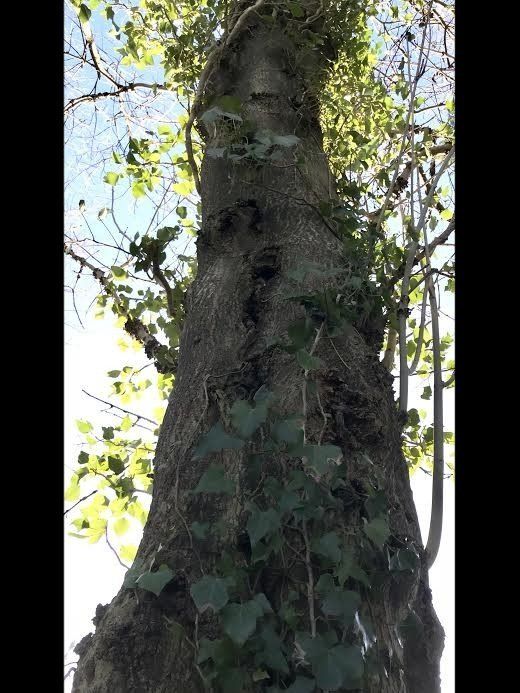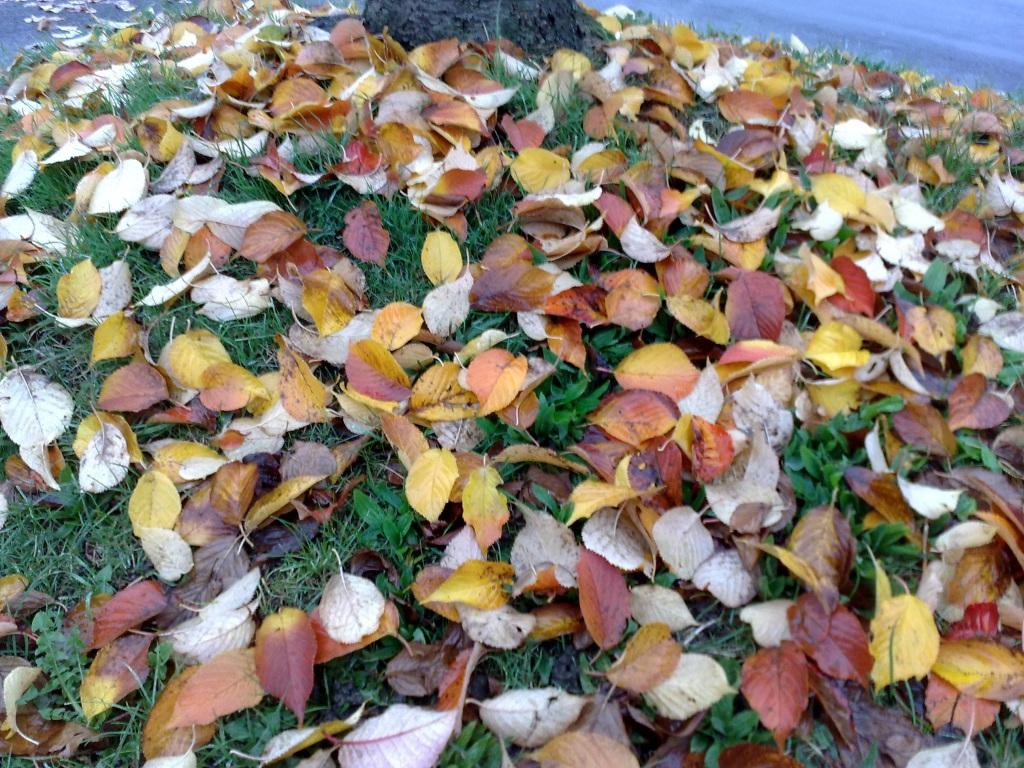On frost, privet, and ash.
On frost, privet, and ash.
- by Gareth Thomas
- •
- 18 Jan, 2018
- •

We tree surgeons will surely have our work cut out dismantling these giants in the coming years.
Much love,
Gareth

Gazing through the window in the depths of winter, it can be hard to imagine the profusion of lush growth and colour of the garden at the height of the summer. Here in coastal South Wales, Jack Frost seldom visits, though a late frost last year affected a good number of
privet (Ligustrum ovalifolium) hedges in the region.
Privet is a stalwart of UK hedging; robust, fast growing, dense, and reliable, but in 2017, new growth was reduced to blackened tips. A number of our customers feared that their hedge was done for, or had fell victim to a disease or pest. Fortunately, the privet bounced back from this frosty spring sting, but it makes you think - you don't appreciate what you have until it has gone
A real concern for our hedgerows is Chalara ash dieback; caused by a fungus called Hymenoscyphus fraxineus (referring to the Fraxinus genus given to ash trees), which causes diamond shaped bark lesions, loss of leaves, and crown dieback in affected trees. The infection is usually fatal, either as a direct cause of the fungus' effects, or by weakening the tree and leaving it open to attack by other pests or pathogens The fungal spores are carried on the wind, and movement of diseased ash plants by human means. It is present across the EU and beyond, with the first UK case confirmed in 2012. The disease has affected Wales more than any other part of the UK, and is present in around 75% of all areas of Wales. More information, and details of how to report sightings of the disease can be found at
Woodland Trust.
I have personally worked on several trees infected by ash dieback. It is a sorry sight. I hope that something can be done before these majestic giants disappear from our landscape. In the industry, there is a fear that this could be the next
Dutch elm disease - a plague that necessitated the development of tree surgery from a fairly low-tech industry to what it is today. They say that technology leaps forward in times of war, with each side ploughing time money and brainpower into development. Dutch elm disease was analogous to that for the arboriculture industry, but thankfully without the bloodshed.
We tree surgeons will surely have our work cut out dismantling these giants in the coming years.
Much love,
Gareth


